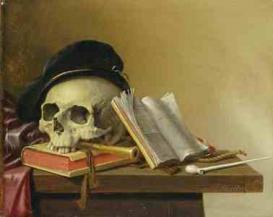Art historians have paid much attention to the use of perspective in seventeenth century Netherlandish painting. Their geometrical knowledge and the presupposed role of optical tools have also been debated at length. Far less attention however, has been given to the people who could provide the necessary mathematical knowledge and optical tools to artists. These mathematical practitioners are still "invisible technicians." Another well-known assumption is that the culture of collecting and the associated exchange of art, instruments, naturalia, maps, drawings, and books had some sort of impact on newly developing forms of art and knowledge. Less clear, however, is how these material objects were actually used as resources for new art and knowledge.
As part of the project "Artists’ collections in the Early Modern Netherlands," this project, facilitated by FWO Flanders, focused on the underestimated role of mathematical practitioners and material objects to provide a new perspective on artistic developments in several Dutch cities in the seventeenth century. How was relevant knowledge translated from one group of people to another (artists, collectors, opticians, practical mathematicians) and what kind of material objects were involved? This interdisciplinary approach brought together art history and history of science, and provided promising perspectives on the "artisanal culture" in the early modern Netherlands by focusing on artists’ collections, and both formal and informal networks of artists.

